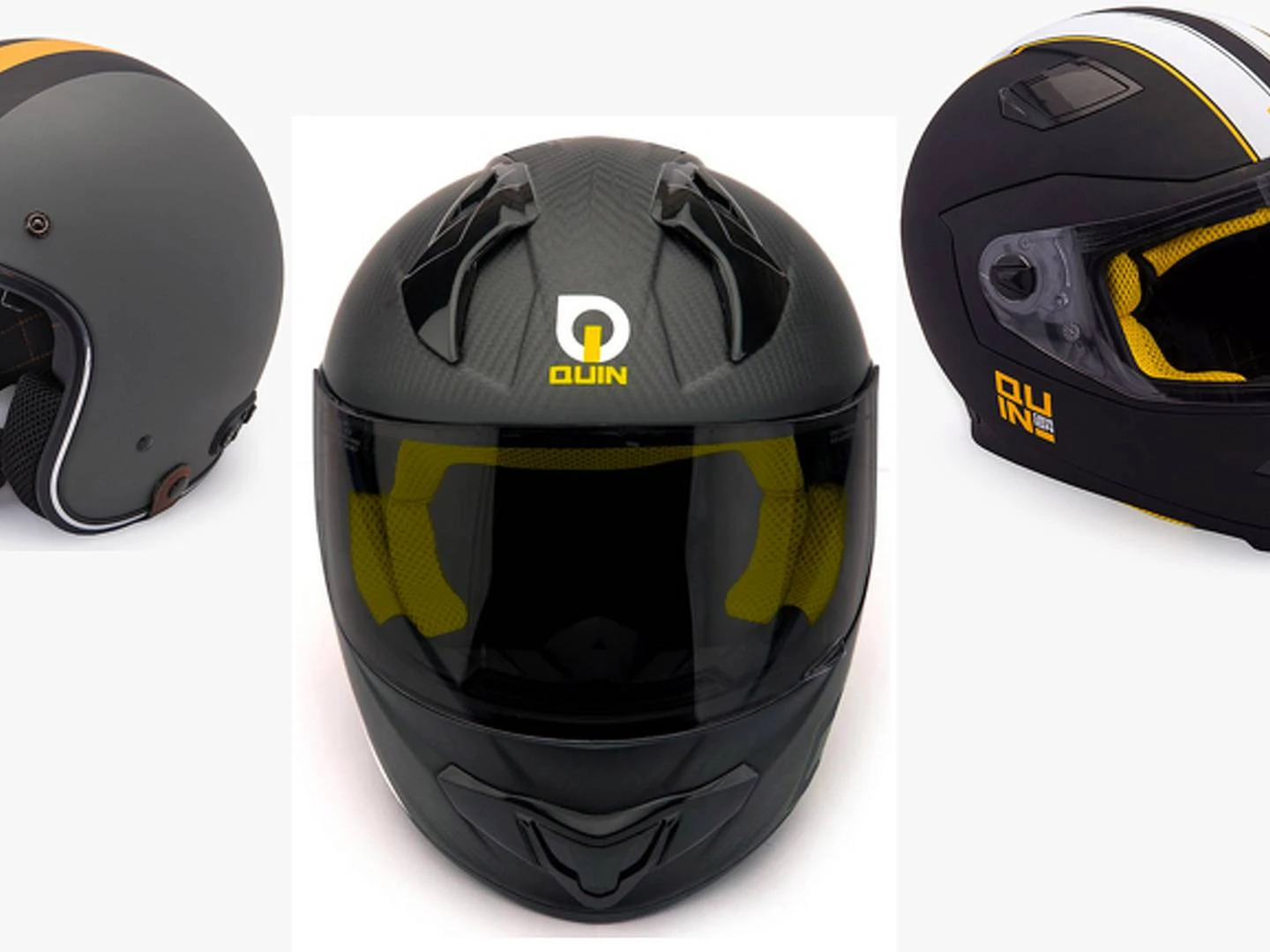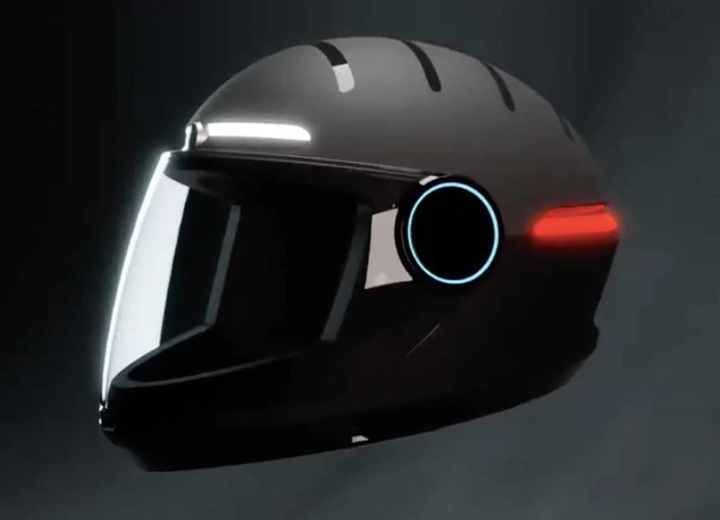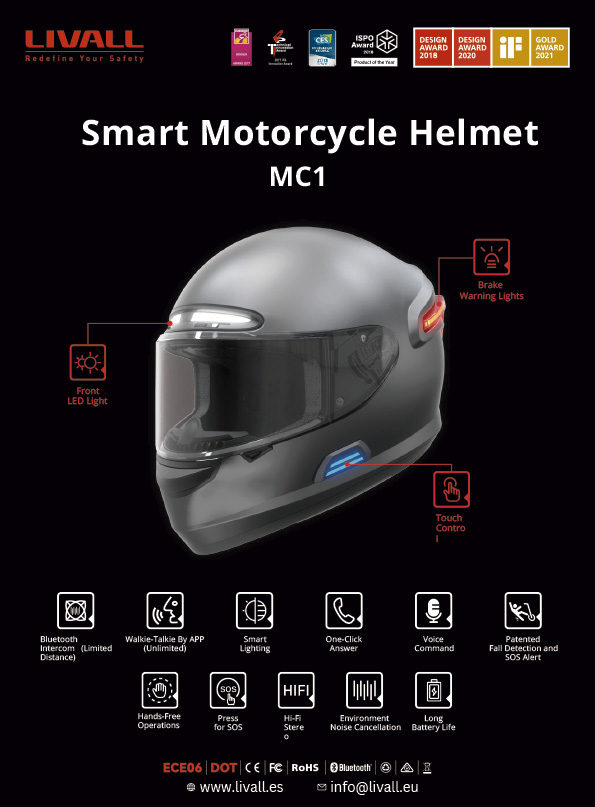The Future of Smart Riding Gear

Smart riding gear is revolutionizing the way motorcyclists and cyclists experience safety, comfort, and connectivity on the road. As technology advances, the integration of smart features into riding apparel and accessories is becoming more sophisticated, promising a safer and more enjoyable ride. This article explores the future trends, key technologies, benefits, and challenges of smart riding gear.
What is Smart Riding Gear?

Smart riding gear refers to motorcycle or cycling apparel and accessories embedded with advanced technologies such as sensors, communication devices, and wearable electronics. These innovations aim to enhance rider safety, improve comfort, and provide real-time data and connectivity.
Key Technologies Driving Smart Riding Gear
| Technology | Description | Benefits |
|---|---|---|
| Sensors | Embedded sensors monitor speed, acceleration, impact, and rider vitals. | Real-time safety alerts, accident detection |
| GPS & Navigation | Integrated GPS systems provide route guidance and location tracking. | Enhanced navigation, emergency location sharing |
| Bluetooth & Connectivity | Enables communication between gear and smartphones or other devices. | Hands-free calls, music, and inter-rider communication |
| Airbag Systems | Built-in airbags deploy upon detecting a crash to protect the rider. | Reduced injury severity, increased survival rates |
| Smart Fabrics | Fabrics that adapt to temperature, moisture, and provide ventilation. | Improved comfort, temperature regulation |
Emerging Trends in Smart Riding Gear
- AI-Powered Safety Features: Artificial intelligence is being used to predict and prevent accidents by analyzing riding patterns and environmental data.
- Augmented Reality (AR) Helmets: Helmets with AR displays provide riders with heads-up information such as speed, navigation, and hazard alerts without distraction.
- Health Monitoring: Gear equipped with biometric sensors tracks heart rate, fatigue levels, and stress to alert riders when they need to rest.
- Eco-Friendly Materials: Sustainable and recyclable materials are being integrated into smart gear to reduce environmental impact.
Benefits of Smart Riding Gear
- Enhanced Safety: Immediate hazard detection and accident prevention technologies.
- Improved Comfort: Adaptive materials and climate control features.
- Connectivity: Seamless integration with smartphones and other devices for communication and entertainment.
- Data Insights: Collection of riding data to improve skills and maintenance.
Challenges and Considerations
- Cost: Advanced technology can make smart gear expensive.
- Battery Life: Ensuring long-lasting power for electronic components.
- Durability: Maintaining gear performance under harsh riding conditions.
- Privacy: Protecting rider data from unauthorized access.
FAQ
Q1: Is smart riding gear waterproof?
Most smart riding gear is designed to be water-resistant or waterproof to protect electronic components, but it’s important to check specific product details.
Q2: How do airbag systems in riding gear work?
They use sensors to detect sudden impacts or rapid deceleration and deploy airbags instantly to cushion the rider.
Q3: Can smart riding gear improve my riding skills?
Yes, by providing data analytics and feedback, smart gear can help riders understand their habits and improve safety.
Q4: Are there any legal restrictions on using smart riding gear?
Regulations vary by region; riders should verify local laws regarding electronic devices and helmet modifications.
Conclusion
The future of smart riding gear is bright, with continuous innovations enhancing safety, comfort, and connectivity. As technology evolves, riders can expect more intuitive, efficient, and eco-friendly gear that transforms the riding experience.
Would you like me to help improve the clarity, add more technical details, or create a more engaging introduction for this article?
